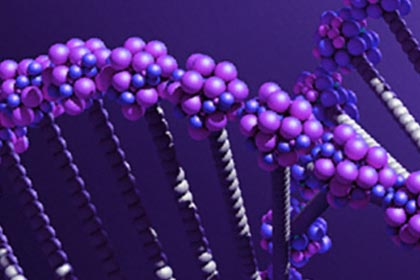Biobanking Quality Management Systems and Best Practices
Part Two of our Protecting Complete Chain of Custody Series As we discussed in our last post, the Role of Biobanking in Protecting Sample Chain of Custody, biobanks serve as biospecimen libraries as well as sample data, validation, and reference sources for both research and clinical labs. Like any part of a controlled process, establishment of a quality […]
View Blog











